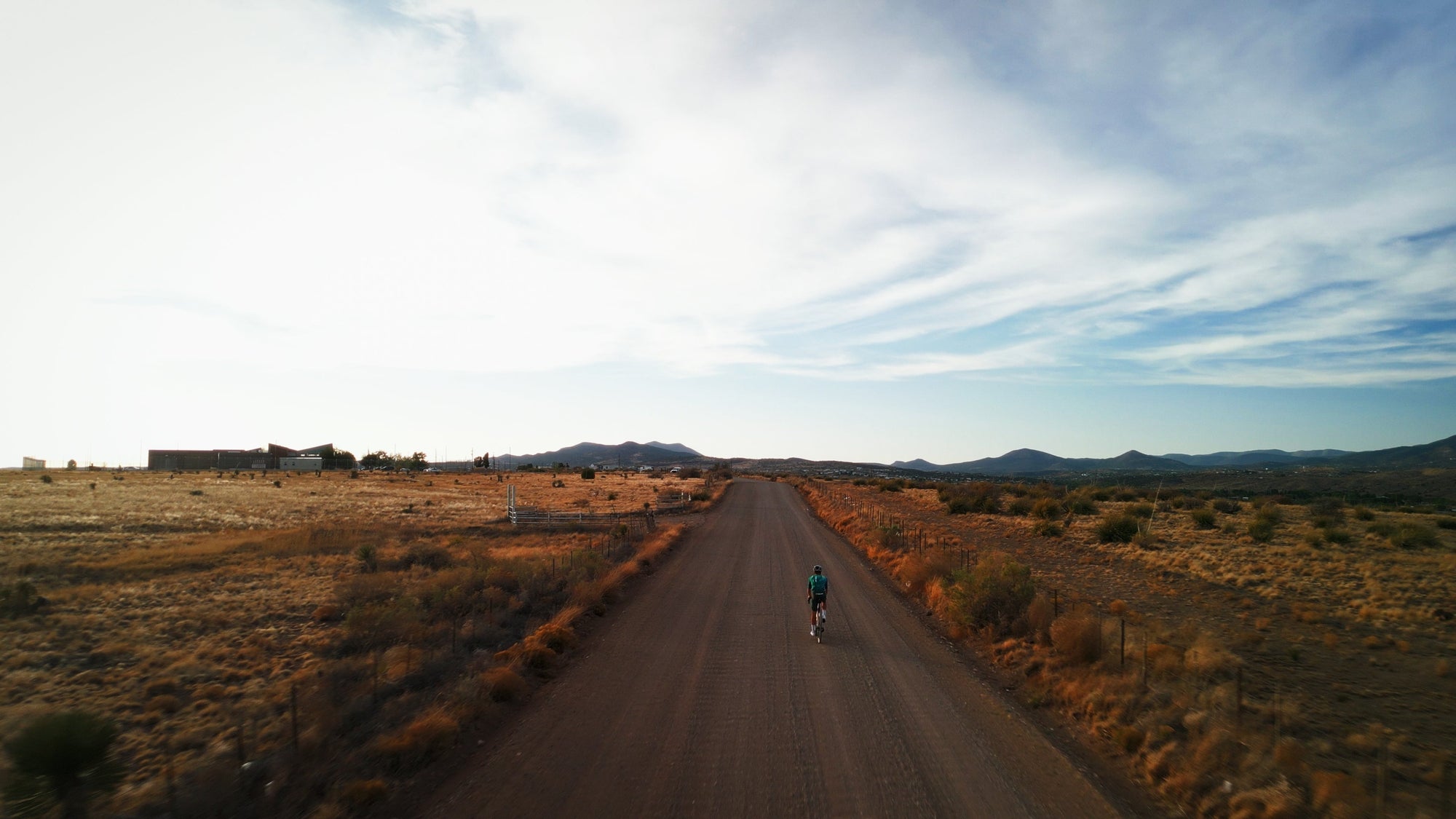Why Ketones Matter For Training at Altitude
1. Altitude & Hypoxia (10,000–12,000 ft)
At high elevations, the air contains less oxygen, which leads to lower arterial oxygen levels, poor clearance of carbon dioxide, and a delay in your body’s natural breathing response. This combination can reduce your sustainable power output by 10–20% and negatively impact sleep quality.
However, elevating blood ketone levels (β-hydroxybutyrate or βHB) to around 0.5–1.0 mmol/L has been shown to improve ventilation (how much air you breathe), reduce carbon dioxide retention, and increase blood oxygen saturation (SpO₂) by about 3% in as little as 48 hours of intermittent ketone use.
2. Microvascular Stress & Endothelial Function
During high-altitude training or prolonged exertion, small blood vessels and the endothelial cells that line them become stressed from low oxygen. This slows the delivery of oxygen to working muscles.
Supplementing with ketones helps maintain energy balance and antioxidant defenses in these endothelial cells, even under low-oxygen conditions (1–4% O₂), preserving their ability to function and support blood flow.
3. Training Fatigue & Recovery
Without proper fueling, long or hard training sessions can lead to glycogen depletion, systemic inflammation, and overreaching — a state where recovery becomes difficult and performance declines.
Consuming ketones after exercise alongside carbohydrates and protein has been shown to significantly enhance muscle glycogen resynthesis, increase activation of mTOR (the pathway responsible for muscle repair and adaptation), and reduce inflammatory markers like IL-6 and CRP.
📖 Read the review
📖 See summary
4. Mental Fatigue on Long Rides (4–6 hours)
During extended endurance efforts, central fatigue can cause a drop in dopamine and slower cognitive performance, making it harder to focus, react, and make good decisions, especially in the second half of a long race.
Ketones have been shown to reduce mental fatigue scores and lower markers of muscle inflammation (like CK and IL-6) the following day, helping both your mind and body recover more effectively.
5. Red Blood Cell (RBC) Mass & EPO Production
Altitude exposure naturally increases erythropoietin (EPO), the hormone that stimulates red blood cell production, but stress, poor sleep, or under-recovery can blunt this effect.
Supplementing with ketones after exercise during altitude training has been shown to amplify EPO response by 10–15% compared to altitude alone, potentially leading to greater gains in oxygen-carrying capacity.
Bottom Line: Ketones do not turn you into a diesel engine at altitude, but—used in the right windows—they shore up the weakest links: ventilation, vascular function and overnight recovery.
Guiding principles
-
Treat ketones like a nutrient, not a pre‑workout stimulant.
-
Keep carbs high. Almost every altitude‑plus‑ketone study that shows benefit provides ≥60 g CHO h⁻¹.
-
Timing > total grams. The recovery/anabolic window (0‑3 h post‑ride) and the pre‑sleep altitude window are where ketones consistently help.
-
Mind the intensity. Too many ketones (2+ servings of Kenetik) before VO₂max work can lower pH and power output. Use during recovery and keep it to 1 serving pre workout.
How to Use Kenetik for Training, Recovery, and Race Day Performance
1. Night-time at altitude:
Drink one can (RTD or shot) of Kenetik about 30 minutes before going to bed. This helps stimulate your body’s natural ventilatory response, improving oxygen intake during sleep. It also supports easier sleep onset despite the added stress of sleeping at simulated altitude.
2. Long Zone 2 or simulation rides (3+ hours):
Drink one RTD or shot 30 minutes before your ride. This helps preserve liver glycogen, stabilize brain energy, and improve fuel flexibility during long aerobic efforts.
If the ride lasts longer than 3 hours, take one shot of Kenetik every 2 hours during the ride. This supports a target blood ketone level of 1.0 mmol/L when combined with a consistent intake of around 90 grams of carbohydrates per hour, giving you a dual fuel source for sustained performance.
3. Strength-endurance or high-intensity interval (HIIT) days:
For sessions with a heavy anaerobic or strength focus, take ½ to 1 serving of Kenetik 30 minutes before the ride, or consider skipping the pre-workout dose altogether. High doses of ketones before intense efforts may slightly reduce blood pH, which could interfere with top-end glycolytic power. Adjust based on how your body responds in practice.
4. Post-exercise (after all key training sessions):
Within 15 minutes of finishing a hard or long session, take two servings of Kenetik along with your standard recovery nutrition: about 1.0 g of carbohydrate and 0.3 g of protein per kilogram of body weight. This combination has been shown to accelerate muscle glycogen replenishment, stimulate muscle protein synthesis (MPS), and enhance EPO production — especially important during altitude training blocks.
5. Race day protocol:
About 40 minutes before the start of your race, take one can of Kenetik. This safely elevates your blood βHB to ~0.6 mmol/L at the start line without negatively affecting your warm-up or digestion.
During the race, continue to take one shot of Kenetik every 2 hours, and aim to consume one can at each major aid station, such as Pipeline and Columbine inbound. This protocol helps maintain optimal blood βHB levels between 1.0–1.5 mmol/L, providing sustained mental clarity and muscular endurance in the critical final hours of the race.
Reminder: Each can of Kenetik delivers 12g of D‑βHB, which typically raises blood ketone levels by ~1.0 mmol/L in an 84 kg athlete. For most riders, this keeps you well within the ideal performance range.


